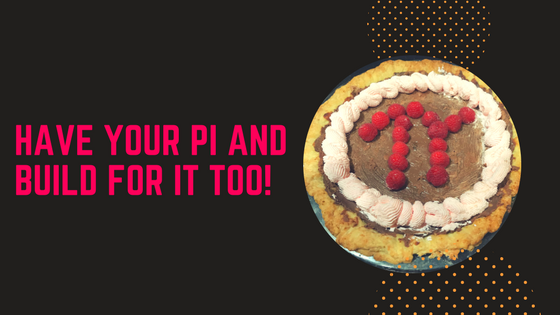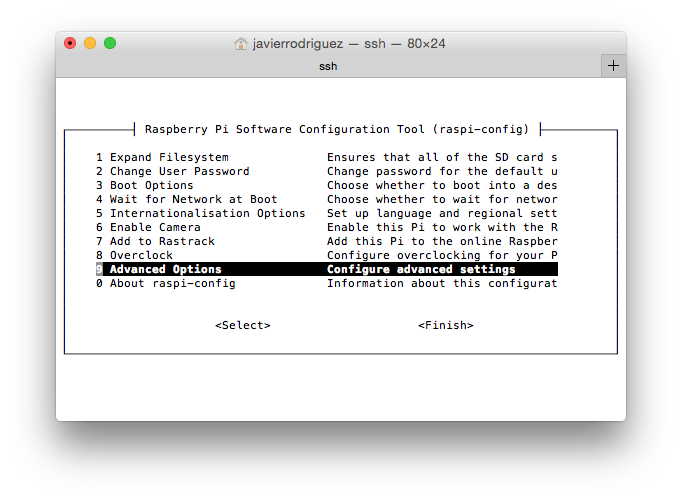You can call into Linux APIs to use methods and properties that are not built into the framework by using the Declare command. To create a Declare statement you first need to track down the API you want to use using Linux documentation.
Comments closedCategory: Linux
Posts related to Linux development.
In honor of Pi Day 2018, Xojo Pi licenses will be free! Xojo Pi licenses allow you to build console apps for Linux ARM for use with Raspberry Pi 2 and Raspberry Pi 3.
Comments closedWith the release of Xojo 2017 Release 2 we have updated our Linux Desktop framework to use GTK+ 3 instead of GTK+ 2. For those not familiar with Linux, GTK+ is a User Interface (i.e. UI) toolkit, much like Cocoa is for macOS and Win32 controls (or WinForms.NET or WPF) is for Windows. GTK+ 2 has been supplying the user interface for Xojo Desktop apps for Linux since we first targeted Linux over a decade ago. It has since been deprecated in favor of GTK+ 3 for quite some time now and GTK+ 2 is typically not installed by default on most Linux distros these days, which makes deploying Xojo Desktop apps on Linux more painful. Unfortunately GTK+ 3 is not ABI compatible with GTK+ 2 so we could not migrate to using GTK+ 3 without completely ditching GTK+ 2.
Let’s take a closer look at what this means for your Linux apps:
Comments closedRecently, a new syndication format was introduced by Brent Simmons and Manton Reece called JSON Feed. It is an alternative to RSS/Atom to get feeds for blog posts and podcasts. RSS/Atom are XML-based making them complex to work with. As its name implies JSON Feed uses JSON and is much simpler. I’ve shown in previous posts how easy it is to make a web and iOS apps with Xojo to display the feed.
In this post, I’ll show you how to create a Xojo desktop app to display the JSON feed for Daring Fireball in less than 20 lines of code. This app works without changes on macOS, Windows and Linux.
Comments closedWe were really pleased to get all the great feedback our Livin’ La Vida Linux blog post. People sure love Linux! A few people asked about…
Comments closedDo you live the Linux life? If so, you might want to try Xojo on Linux to see how easy it is to make your own…
Comments closedXojo is a superb choice for developing and deploying apps for Raspberry Pi. After all, Xojo not only simplifies making the User Interface of your apps via drag and drop, it’s an object-oriented and event oriented programming language that builds native Linux apps based on the ARM processor architecture for the Raspberry Pi (among other platforms).
Comments closedIn the Xojo IDE Scripts Menu there are some new shortcuts you may find helpful. The items in the IDE Scripts menu under File >…
Comments closedPaul talks with Carol Keeney of BKeeney Software about databases, requirements analysis, agile/scrum and much more.
1 CommentXojo is similar to VB, Java and C#
The Xojo programming language is fully object-oriented and uses an object model that is quite similar to VB, Java and C#. If you are used those languages at all, you’ll be right at home with Xojo.
Available since 1998, Xojo was one of the first languages to use Automatic Reference Counting (ARC), something that other languages such as Swift and Objective-C now use. Xojo is type-safe and fully object-oriented making it easy to learn and use, but it also has advanced features such as namespaces, extension methods, exception handling, introspection, delegates and more.
Comments closed

